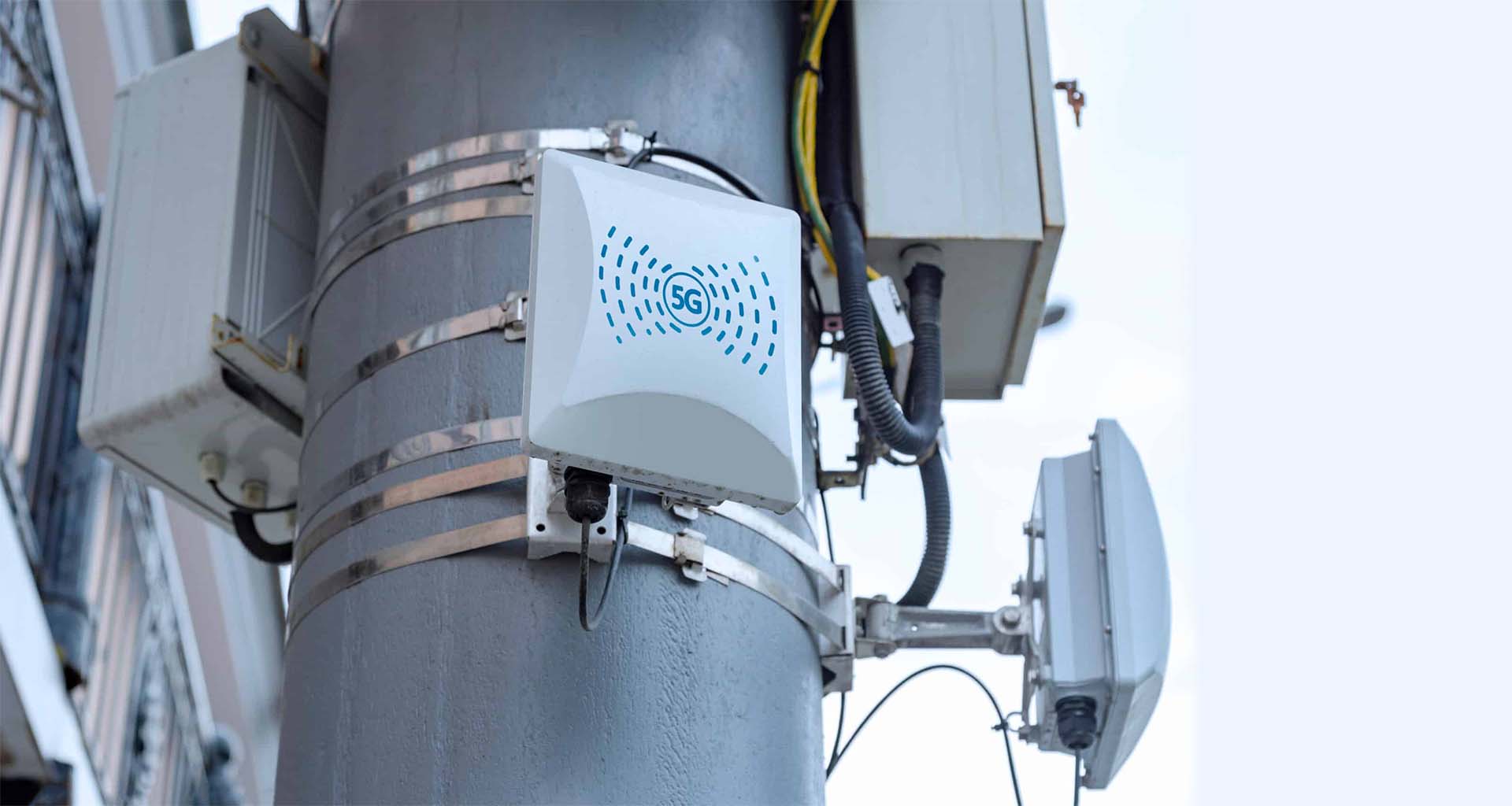Contents
The next generation of wireless technology – 5G – promises to impact our lives by delivering a network that is 100 times faster than smartphone cellular connections and ten times faster than the speediest home broadband service. But beyond speed, the evolution to 5G technology is expected to provide the reliable infrastructure necessary for a wider range of critical apps such as healthcare and the IoT. Telecoms recognize the urgent need to adopt 5G, and must explore new technologies that can address the significant challenges involved with facilitating a smooth 5G rollout.
The Unavoidable Reality: 5G Adoption
5G has clearly become the network of choice due to its performance and reliability. 5G networks began to roll out in 2019 and are predicted to have more than 1.7 billion subscribers worldwide – 20% of global connections — by 2025. Businesses need to think carefully about how they’re going to support and monetize this enormous growth. A report by Ericsson indicates that enterprise use cases will become a primary driver for 5G growth in the future, with service providers generating $131 billion by 2030 by proactively developing 5G use cases. Expressly noted were key opportunities through digitalization and high-performance mobile connectivity for applications, including enhanced video, connected vehicles, real-time automation, and autonomous robotics. The telecommunication, manufacturing, retail, and financial sectors have all taken note and are making significant strides toward transitioning to 5G.
Download our brochure to learn more on how Intelligent Visual Assistance can support the 5G rollout
The Impact of 5G on Telecom Business Operations: The Challenges
Telecoms, in particular, have vast opportunities with the rollout of 5G, but also face unprecedented challenges.
Aggressive Timeframes
Telecoms recognize that to capitalize on the 5G opportunity, they must act fast or risk losing out on market share. In a McKinsey survey of telecoms regarding 5G rollouts, approximately 92% of respondents planned large-scale 5G deployments by 2022. This is despite the expected rise in operational expenses, with more than two-thirds of telecoms indicating that they anticipate the capital-expense-to-sales ratio to increase.
Extensive Training
Deploying an extensive 5G network is a huge undertaking. Each 5G hardware provider has unique equipment and technology, necessitating internal field technicians and third-party contractors to be properly trained on installing multiple devices in order to deliver on this tremendous opportunity.
Scarcity of Skilled Technicians
More than 800,000 5G towers will have to be deployed in the U.S. during the next 20 years, in addition to the standard wired fiber or wireless microwave needed for backhaul connections, and the FCC estimates that an additional 20,000 technicians will be required to achieve this goal. Considering the widening knowledge gap in field services between the retiring experts and the next generation of technicians who have less experience, finding the skilled workforce to carry out the 5G rollout is not simple.
Assurance of Quality and Brand Standards
As 5G is a brand new product that requires extensive training to install and configure, there will naturally be a learning curve. Telecoms must consider how to efficiently support their technicians while in the field, including identifying and fixing errors during an installation as it is critical to verify that the 5G equipment is installed correctly. Solutions must be easy to use and efficient, while increasing productivity and reducing the need for field technicians to contact remote experts.
3 Visual AI-Enabled Features to Facilitate the Move to 5G
Visual engagement powered by AI allows users to instantly stream their mobile device camera or screen for real-time, interactive visual assistance. Visual engagement facilitates 5G rollout in three ways:
AI-Guided Live Expert Support
The technology enables remote experts to guide field technicians using a live video stream overlaid with Augmented Reality (AR). When a technician needs assistance, a supervisor can “see what the tech sees” and issue instructions from a remote location, using AR to visually guide the tech to self-resolve the issue. Experts receive real-time AI-based guidance during these interactions, freeing them from the burden of remembering workflows, troubleshooting processes and rules. For example, AI-based visual support can present proactive knowledge suggestions to experts in real time – while they are on the line or in a chat with the technician.
AI-Guided Self-Service Automation
Using visual assistance, telecoms can automate repetitive tasks like 5G hardware installation while enhancing self-service. A visual journey workflow can guide field technicians to use their smartphones or tablets to capture images of the 5G hardware for immediate self-service help with installation, issue diagnosis, and visual confirmation of the steps needed to resolve any issues.
AI-Driven Quality Assurance
To verify that the 5G installation has been completed successfully, the technician uploads images of the job and computer vision AI automatically verifies the installation without the involvement of a remote expert. Instead of spot checking a small percentage of jobs for Quality Assurance, Job Verification provides quality control for 100% of the work, resulting in a highly productive workforce and a smooth 5G rollout.
Visual engagement technology enables telecoms to aggressively roll out 5G networks as it delivers the technology that can train a new workforce – at scale – on a wide range of complex equipment, and visually verify that each job has been completed successfully.
Artificial Intelligence for 5G: Use Cases
Visual engagement technology has been proven to assist field technicians across a number of use cases. Here are a few:
Device Recognition
The technician points his smart device camera at the 5G equipment. The system auto-identifies the hardware so the technicians can perform the installation properly.
Job Verification
A technician captures an image of the completed work and the system auto-verifies a job well done.
Remote Help
A field technician captures an image of the installation and is notified of an error. Unsure how to fix it, he contacts a remote expert for help. The expert uses remote visual assistance to see the technician’s issue and guide him to resolution.
Report Summaries
Once the 5G hardware is installed, an image is uploaded to the visual assistance platform and summary information for the job is automatically added to the image. This streamlines report summary activities and increases technician productivity.
The Bottom Line: What Businesses Can Achieve by Using AI for 5G Roll Out
As 5G networks deploy at scale, telecoms need skilled technicians to install the necessary infrastructure, as well as to configure and troubleshoot the cutting-edge technology. By using AI-powered visual engagement tools in 5G rollouts, businesses can support their field technicians, thereby improving productivity, reducing costs, driving a higher FTF rate, and decreasing call volumes to remote experts.






